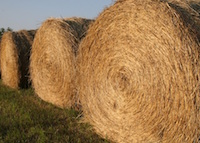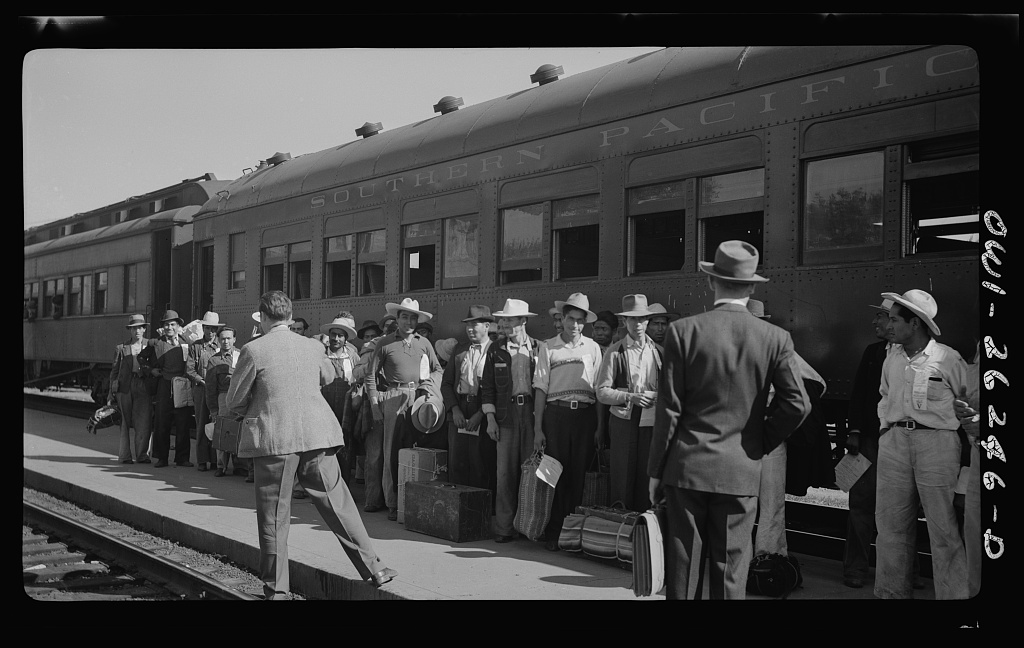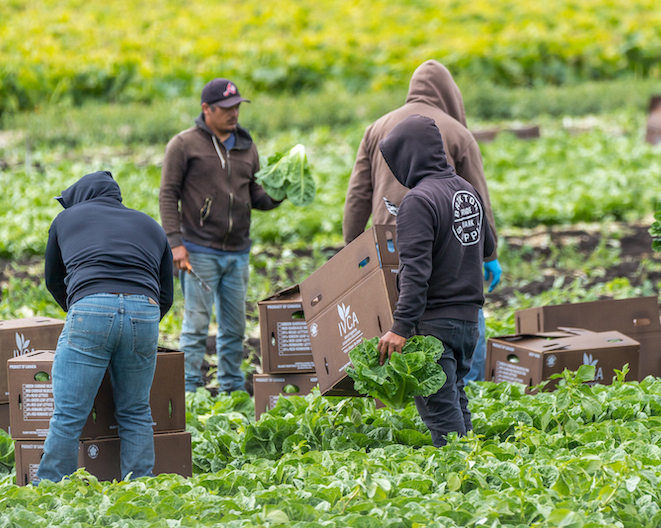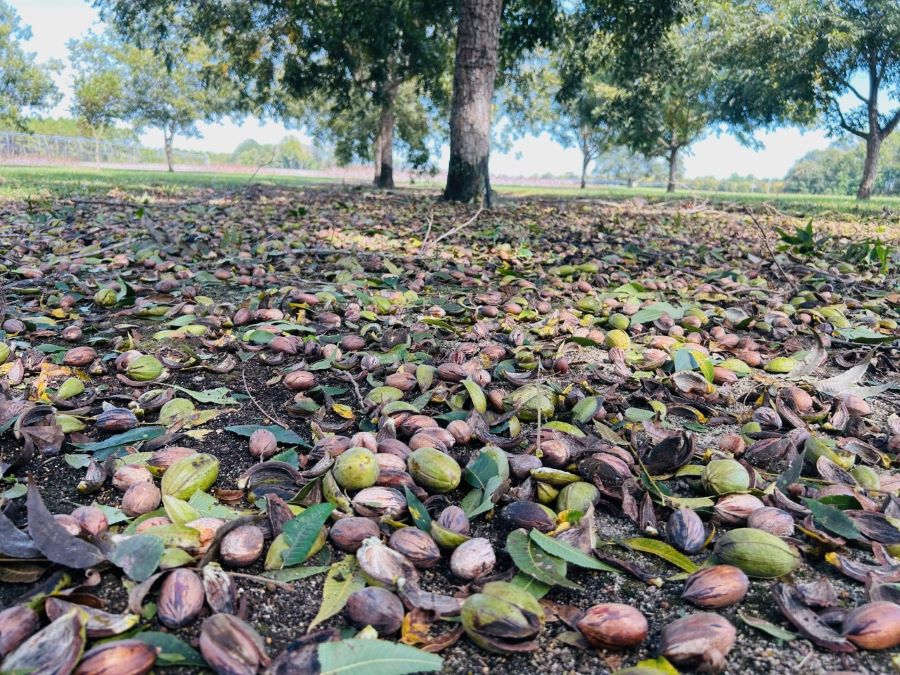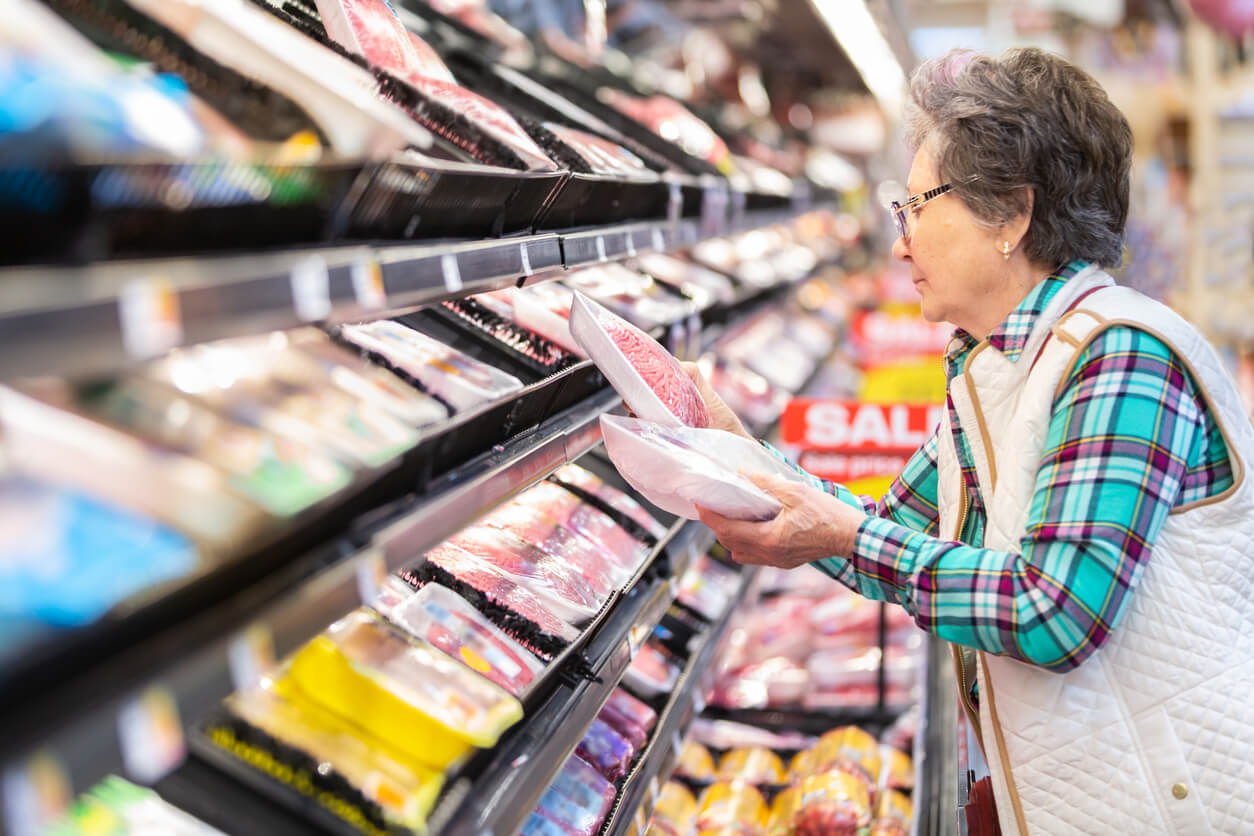In between our recent rainstorms, most farmers have been able to get their hay cut, dried, baled and stored. For those who produce hay for on-farm use, hay production can be considered a necessary evil.
It is most certainly one of the most costly expenses on beef cattle operations, but in seasons where forages may be scarce, such as winter and summer, hay can be a precious commodity. There are many important factors in hay production that impact the cost, such as fertilizer, weed management, equipment, and time. Hay storage is another cost that must be considered.
Regardless of how you store your hay, there will be a cost associated with it. You may not think so if you don’t have hay under an expensive storage barn, but even if your hay is sitting outside on the ground, that hay is costing you more and more every day due to loss of both nutritional value and dry matter.
Hay that is stored outside is subject to wetting and drying cycles that lead to the degradation and leaching of nutrients from the bales. Over time, this causes the fiber (indigestible) component of the forage to represent a larger proportion of the bales dry weight. The loss of nutrients (Total Digestible Nutrients, or TDN) can often be as much as 15 to 20 percent in weathered bales.
The result is a fibrous, weathered layer that is very low in quality and unpalatable to livestock. Livestock can often be seen eating the middle out of these round bales leaving a “doughnut”-shaped bale.
When bales are stored outside and uncovered, weathering may affect depths up to 12 inches. The depth will vary based on factors such as bales tightness (i.e. density), storage on unprotected ground, storage under trees and more. It is a general expectation, however, for a weathered layer of 4 to 6 inches for bales stored outside on the ground. This is important because the outer portions of bales make up for a disproportionate amount of the bale’s volume. Losses of only a few inches represent a substantial loss in terms of total bale volume. And, what you can feed your animal.
For example, a weathered depth of only four inches on a 5-foot bale (seven percent in terms of cylinder volume) actually equals a 25 percent loss in terms of forage volume. Other studies have shown that losses of 14 inches on bales equates to losses of 74 percent, nearly three-fourths of a bale could be lost simply because it isn’t stored properly.
Hay quality is a key component of animal performance, and proper hay storage is a key component of hay quality. Hay loss can be expected, even under a barn, so mitigation and risk management is the key to maintaining as much of your investment as possible. Building a hay barn can be expensive, but if you’re storing your hay on the ground in the elements, you are most assuredly paying for the cost of a barn and then some whether you want to or not.
In Georgia’s humid conditions, storage of hay for several months results in typical losses of 20 to 60 percent with twine and net-wrapped hay outside on shaded ground (compared to only 2 to 10 percent under a barn). Once you determine your hay’s value, you can see how much this is really costing you (and your animals) in the long run.
To help mitigate losses on hay stored outdoors, run rows of hay bales on an upland site away from shade from trees. This speeds up the drying process. Place the bales with a north-south orientation and southern exposure. Set bales in rows so that the flat sides are touching — not the round sides. This keeps rain from ponding on top of bales. Also, keep rows at least three feet apart to allow for sunlight and good air circulation.
Keeping bales off the ground, either by using pallets, crossties, or rocks, is critical in preventing substantial losses.

